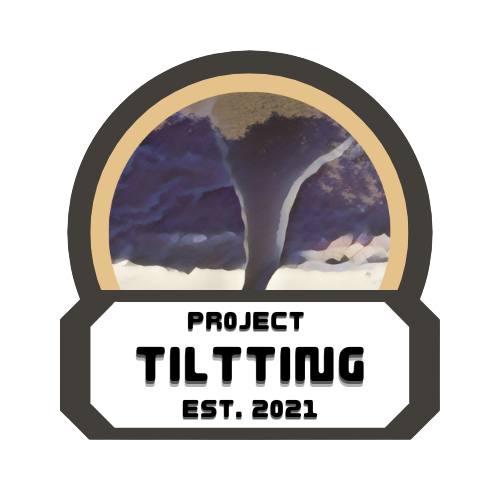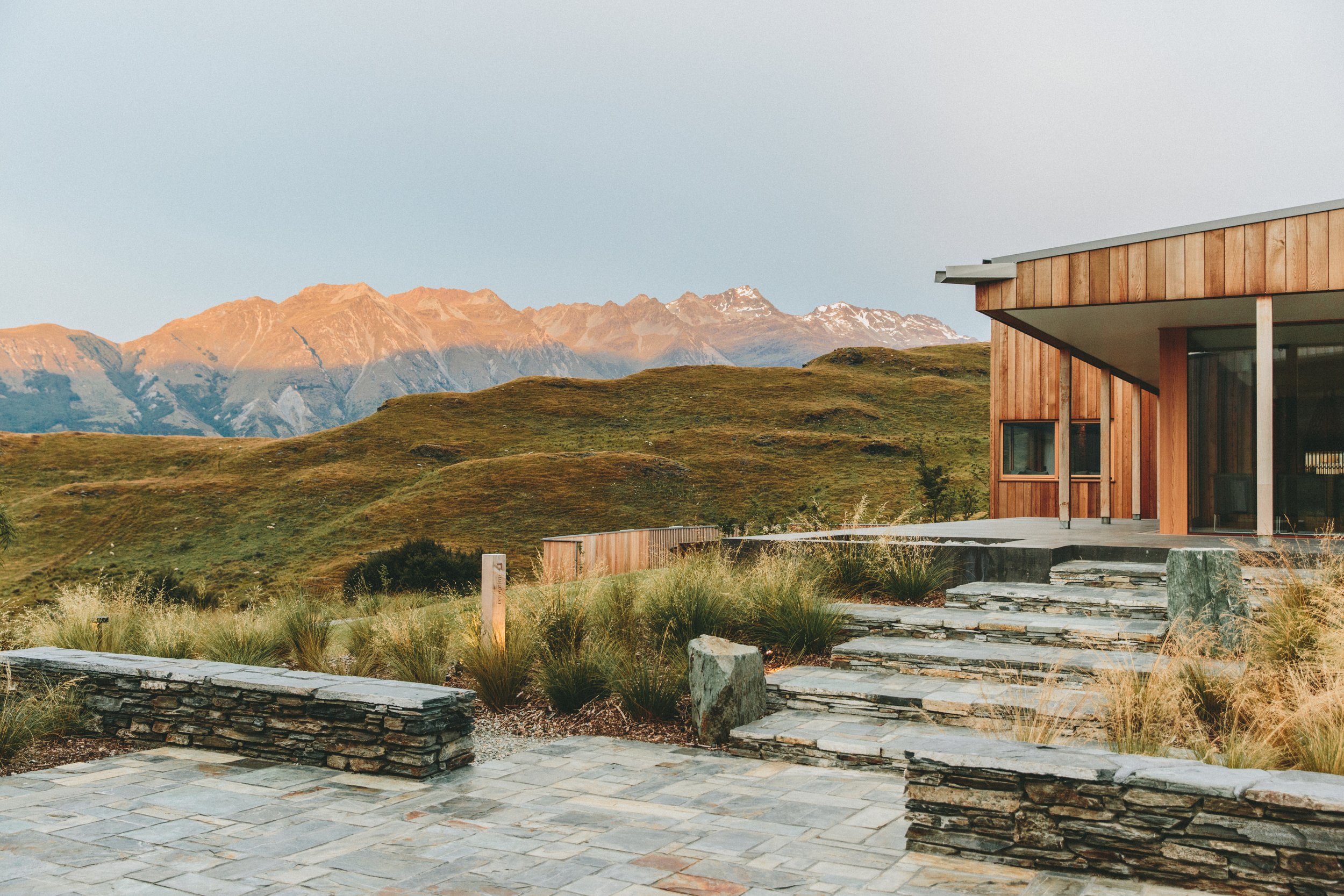We are student meteorologists from Millersville University who have a passion for storm chasing, severe weather research, and a desire to help others. Starting with five students, the idea to study the hows and whys of tornadoes was one of the main sparks of inspiration for TILTTING.
Who We Are
WHAT IS TILTTING?
Thermodynamic Investigation into LCL Thresholds during Tornadogenesis and its Influence in the Northeast and Great Plains
History of the Project
What was a storm chasing trip, turned into inspiration and drive to create something new.
In September 2021, the remnants of Hurricane Ida moved through the Mid-Atlantic and a tornado outbreak unfolded across Maryland, Pennsylvania, and New Jersey with one of the strongest tornadoes touching down in southern New Jersey. Five meteorology students attending Millersville University’s Atmospheric Science program pursued the storm setup and witnessed the destruction of the tornado!
In the wake of the system and after witnessing the destruction, these student meteorologists worked together to create a tornado research project to help improve tornado warning lead times, enhance severe weather forecasting techniques, and save lives.
Inspiration for TILTTING
TILTTING is not only an acronym but also a play on words in atmospheric dynamics. In the vorticity equation to the right (photo courtesy of Dr. Alex DeCaria of Millersville University), there are six essential terms. One of these terms, the term E, is called the “twisting/tilting” term, which helps determine vortex tube stretching in the atmosphere.
Being that this “tilting” term is essential for tornado development, it is only fitting that the project is named after such a term. The acronym TILTTING simply adds a second ‘T’ to the term to have it be both a scientific acronym and a play on words.
What do we do?
We have listed out the specifics of TILTTING and our overarching plans for the project. This includes our abstract, our project description, methodology, and more!
-
Tornadoes are responsible for a high percentage of weather-related deaths and injuries in the United States each year, despite the fact that warning lead times have significantly improved in recent years. A large part of this is due to remaining forecasting challenges involving tornadoes, including their inception (referred to as "tornadogenesis"), track, and intensity. We will investigate differences in cloud base height at tornadogenesis between the Great Plains and the Northeast. To accomplish this, we will utilize a full array of meteorological instrumentation to collect atmospheric data in environments conducive to supercell development.
-
The purpose of this research project is to better understand why tornadoes only develop in specific environments and under certain circumstances. Tornadogenesis, or the beginning stage of tornado formation, is highly dependent on many environmental parameters. Among these parameters is the cloud base, which is formally known as the Lifting Condensation Level (LCL). Previous studies examined the differences in LCL height at tornadogenesis between the Great Plains and the Southeastern United States. However, we will compare LCL heights in the Great Plains with those in the Northeastern United States. Because tornadogenesis research in the Northeast is sparse, our data collection and analyses will help fill these knowledge gaps and improve tornado warning lead times.
-
For this project, we will be deploying an arsenal of meteorological instruments, including tornado probes, Windsonds, and wind-sensor systems. These instruments will assist our team in collecting vital data. The probes will gather temperature, pressure, humidity, wind speed, wind direction, and GPS coordinates. The Windsonds will allow us to acquire a complete view of the vertical profile of the atmosphere. The probes will be strapped outside of a drone and flown into the tornado to gather data inside the funnel.
-
Below is everything that is required for a successful research operation and each item is outlined in our proposal.
Some of the items within our 2024 budget include but are not limited to:
Equipment
Miscellaneous Expenses
A trip to the Great Plains will include the following travel expenses:
Gas
Lodging
Click here to view the budget document:




